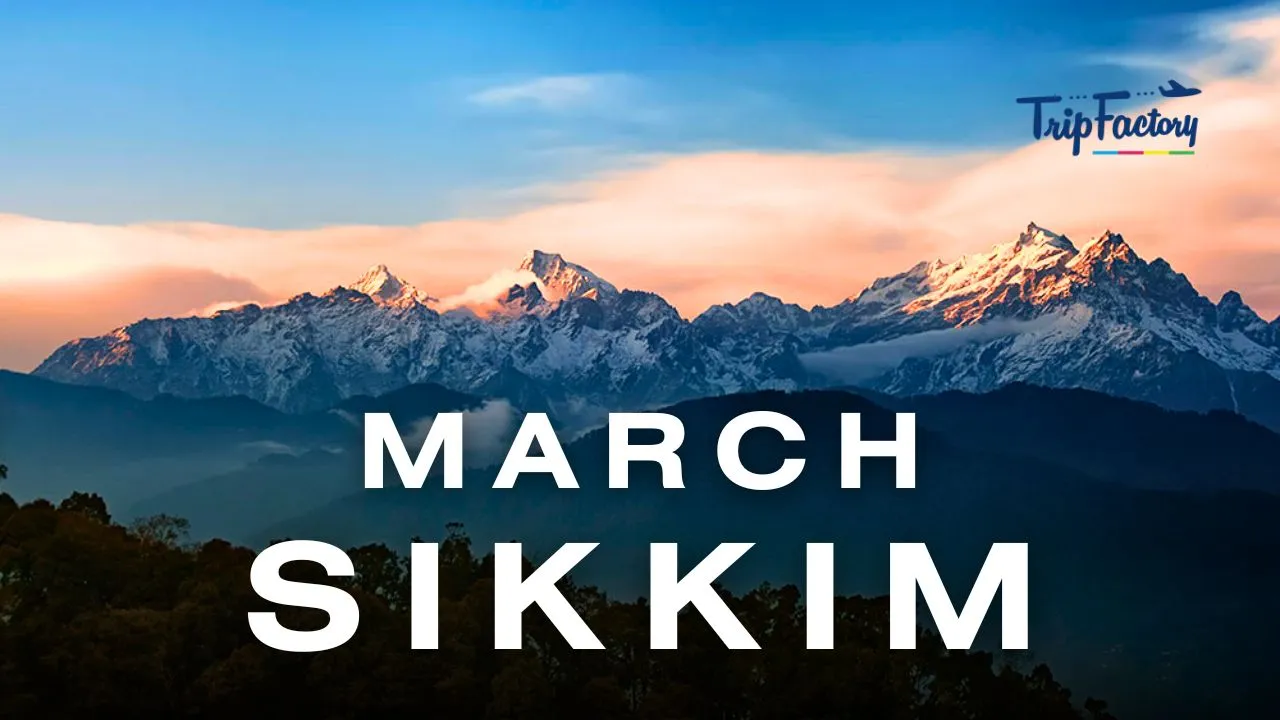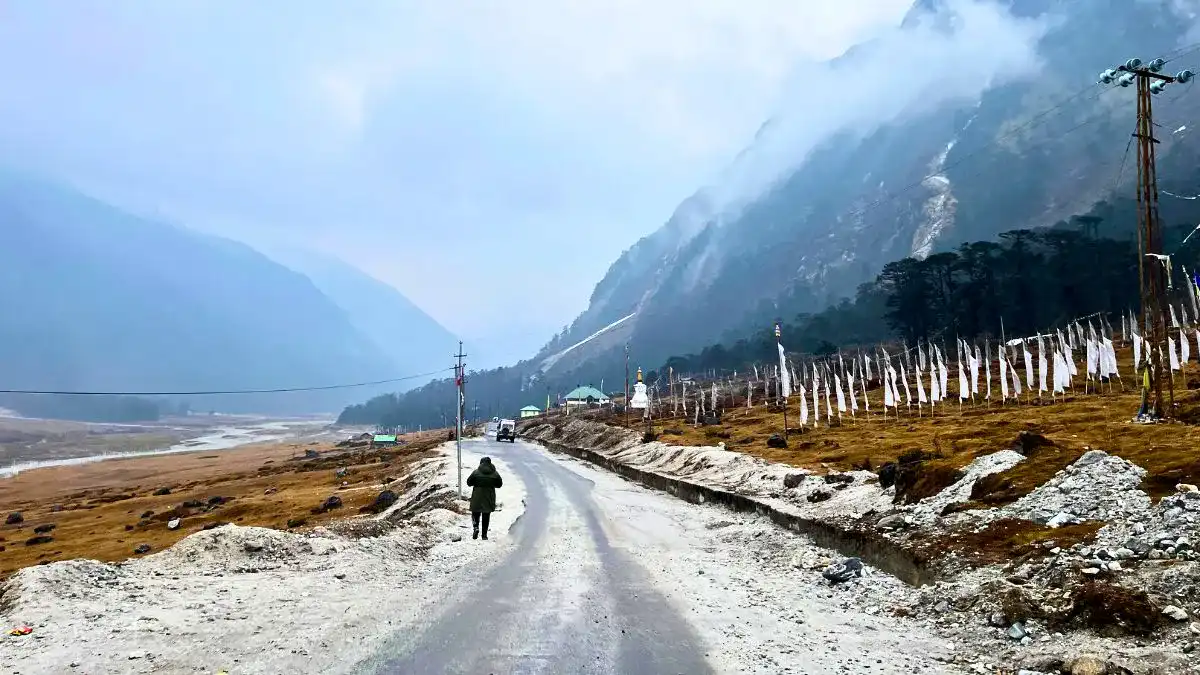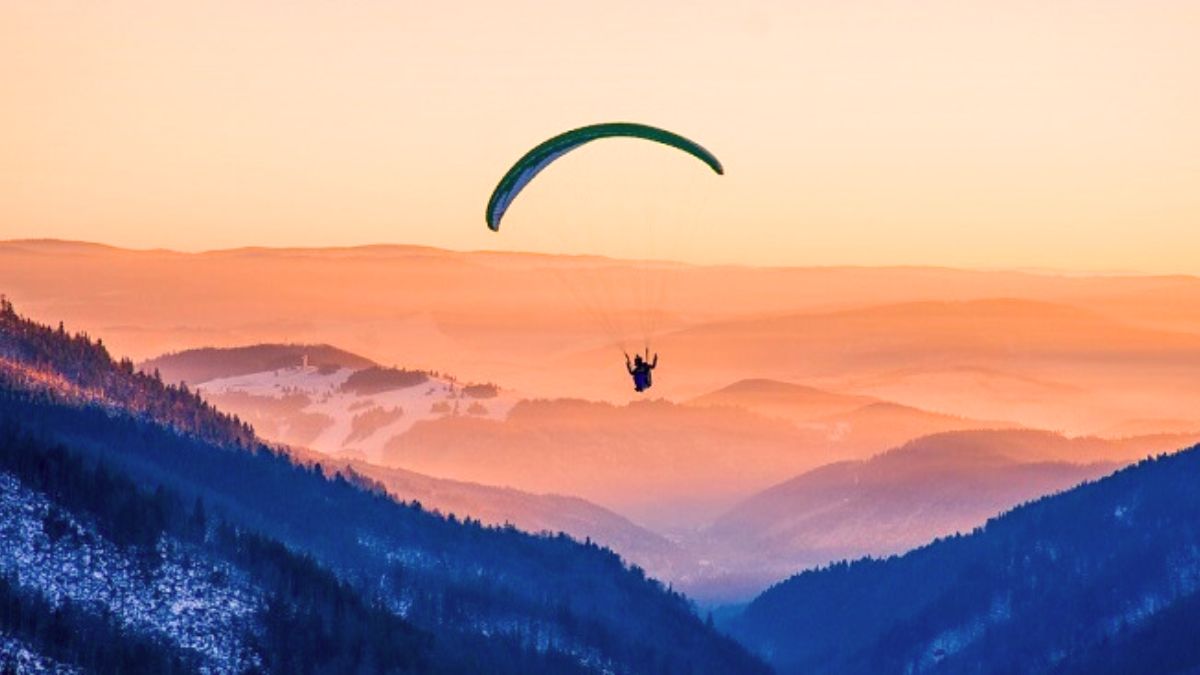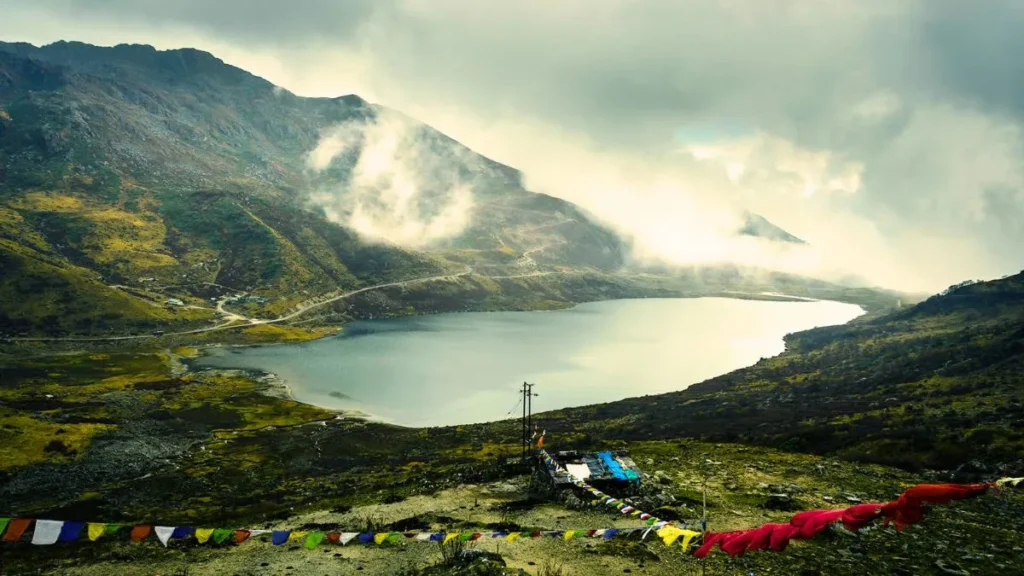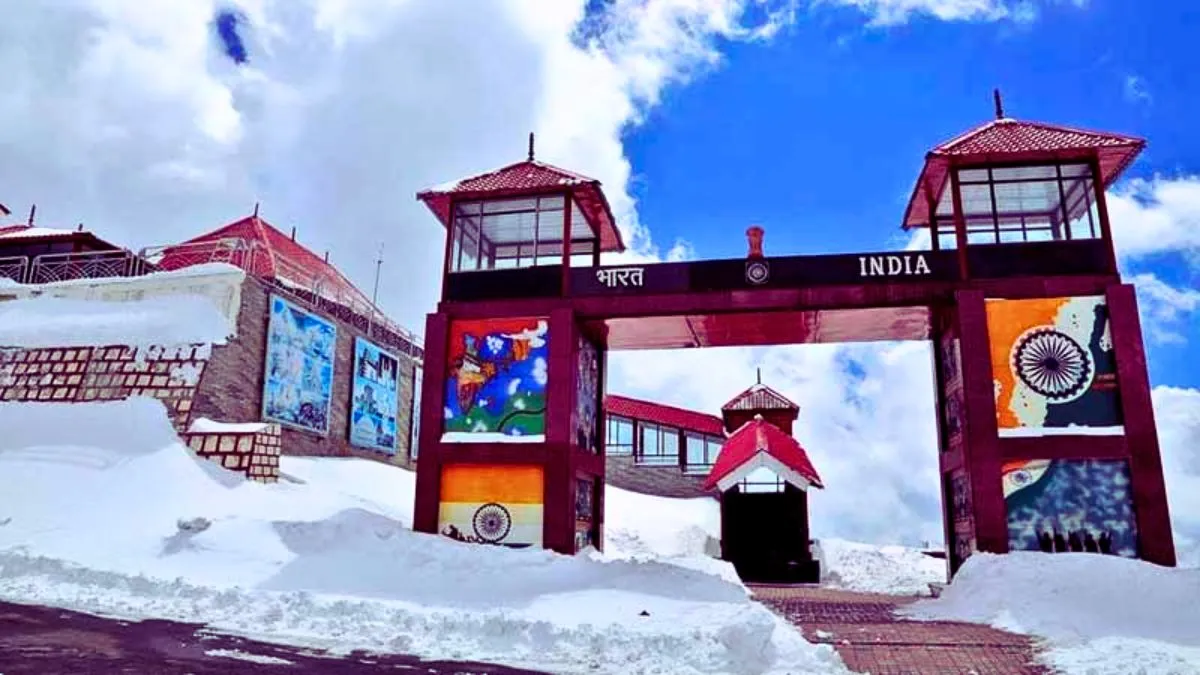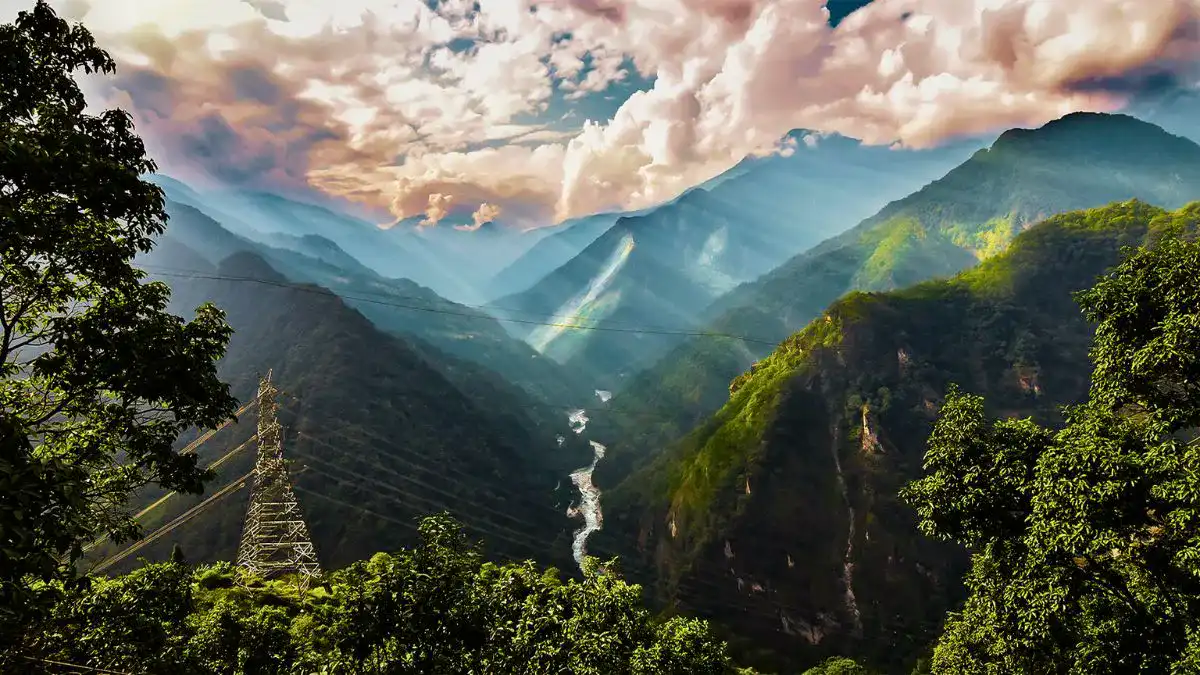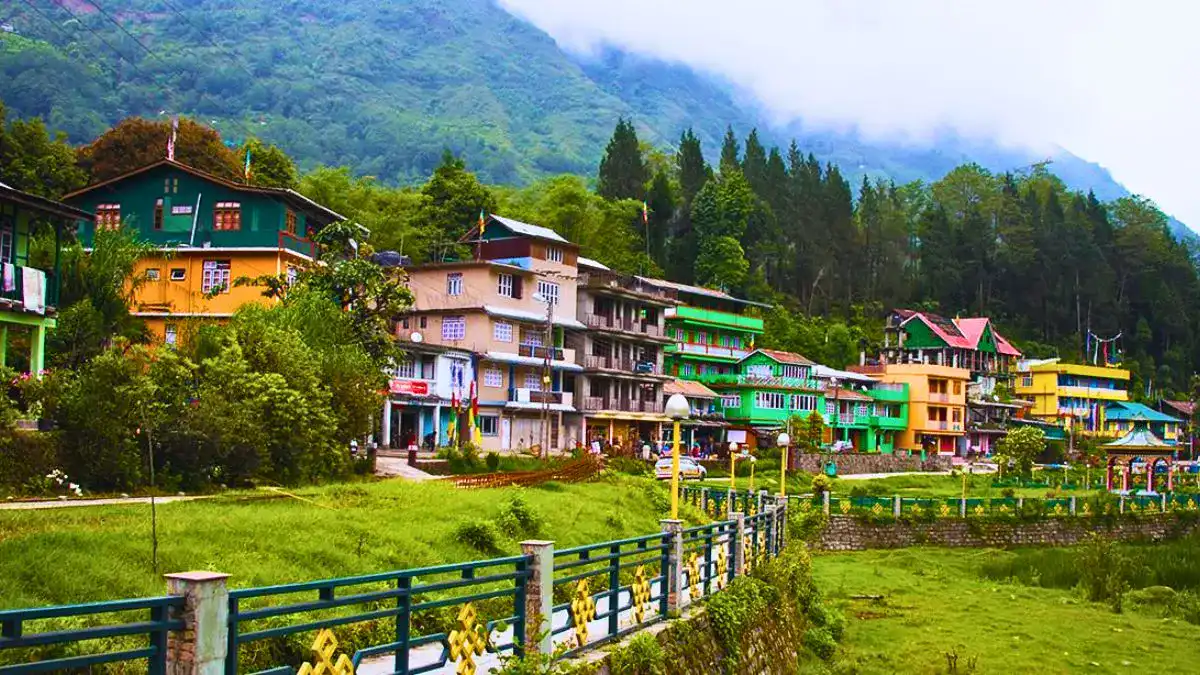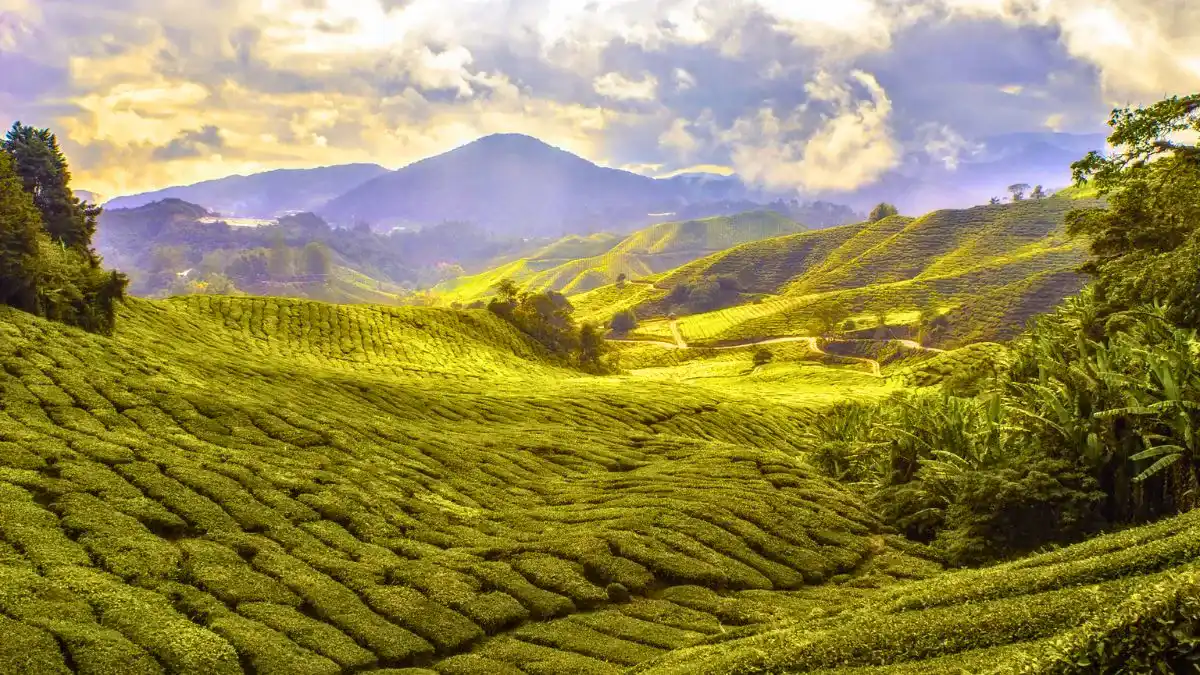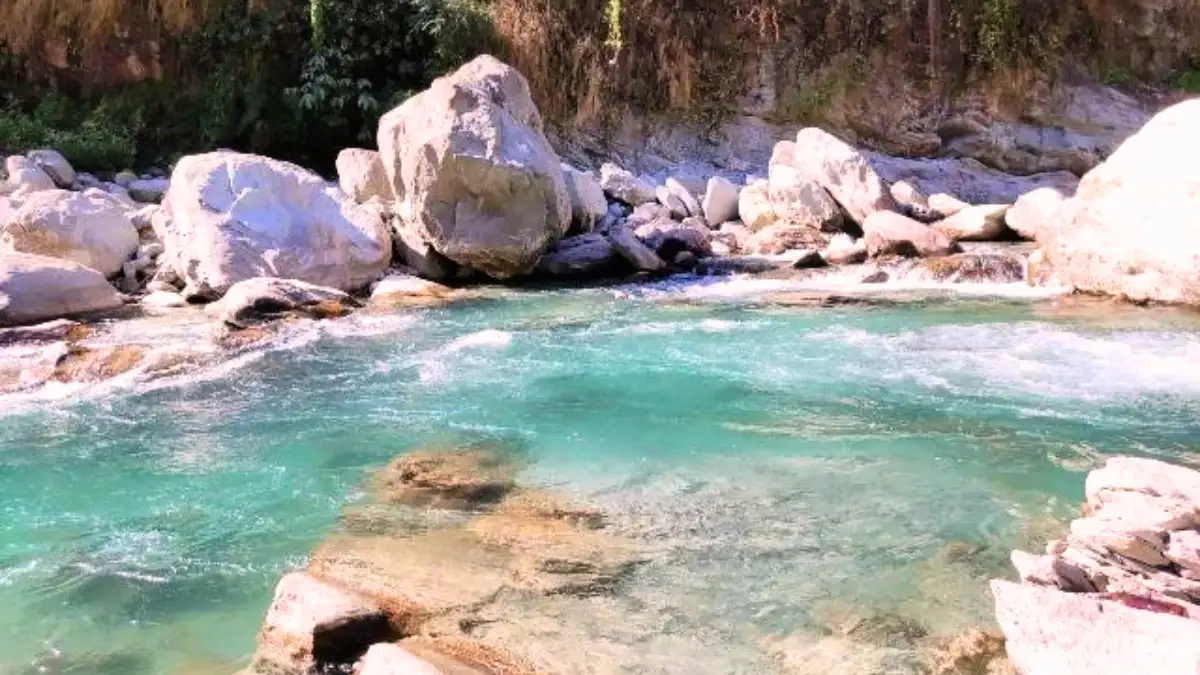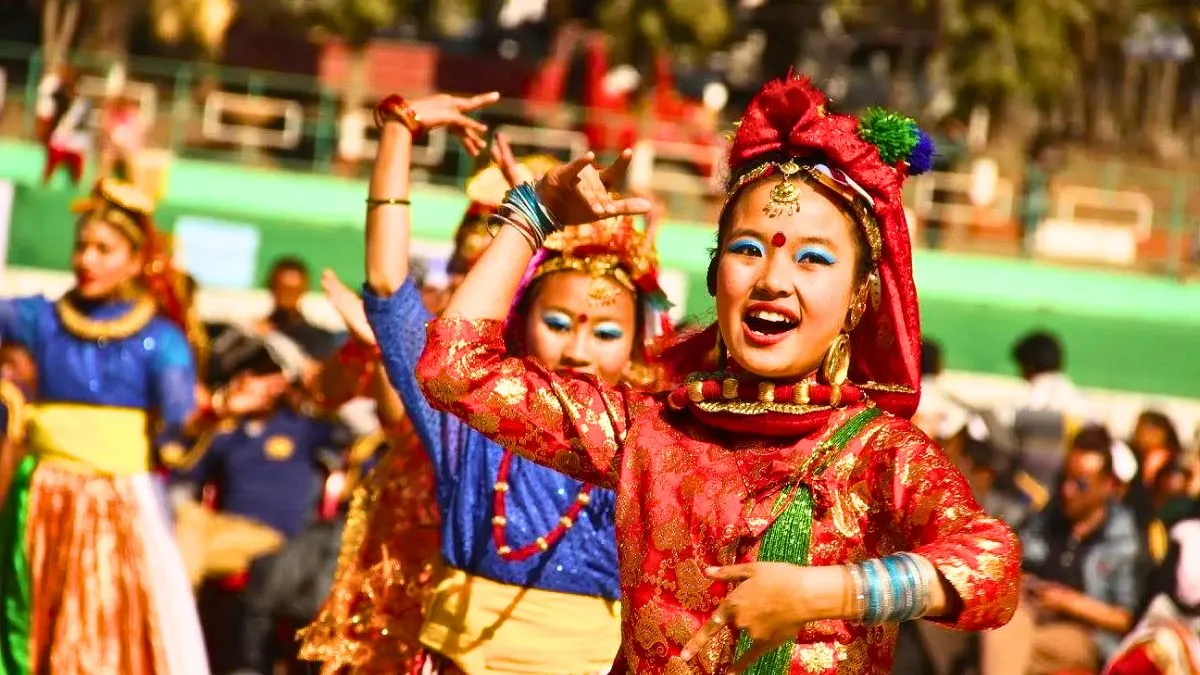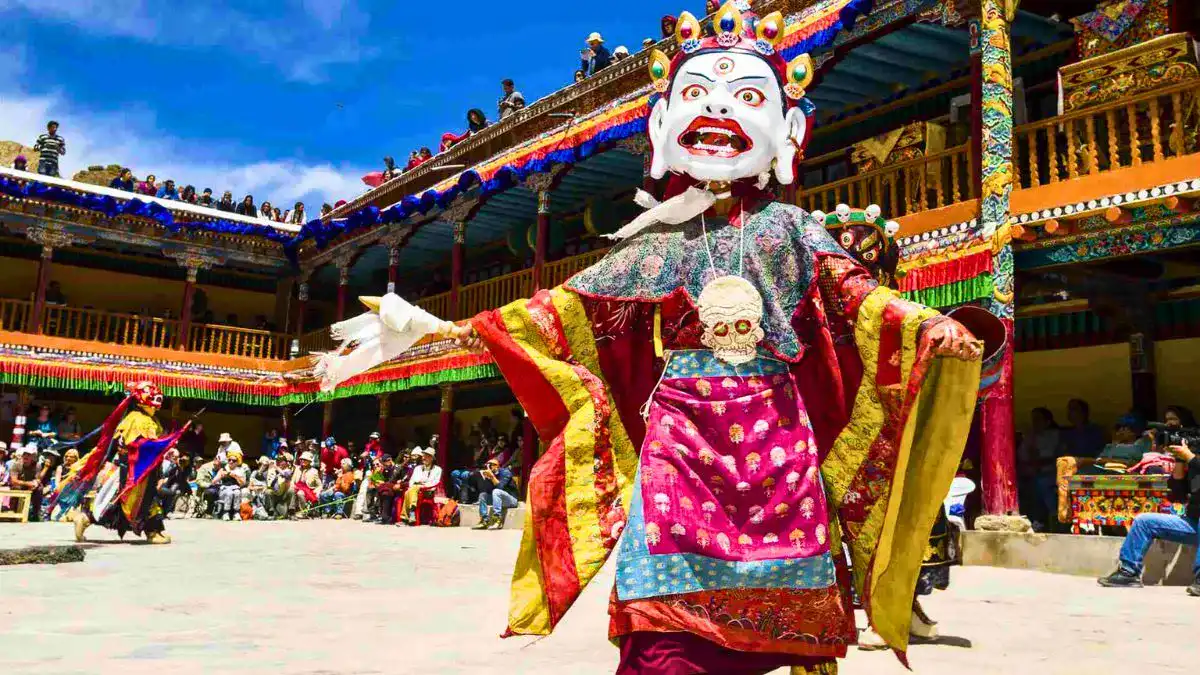Sikkim, a state tucked away in the Himalayas, is amazing year-round. This location has a calming, energizing quality about it. Sikkim has several reasons to come, including Mt. Kanchenjunga, the third-highest Himalayan peak in the world.
The alluring Himalayan state may be reached by nature paths, Buddhist and Tibetan culture, some of the cleanest hamlets, daring passes, and, last but not least, delicious local food. Sikkim demonstrates why North-East India is regarded as having an incredible captivating beauty.
Sikkim presents a different face to its tourists depending on the season, yet its ability to instill calmness is always there. Winters make an appearance in November whereas summers establish a home in June. Then March arrives a combination of the two. It’s the ideal month to visit Sikkim because of the combination of mild temperatures and refreshing winds.
Due to the number of adventure activities in March, Sikkim is also a haven for adventure seekers, hikers, and mountain climbers. Sikkim will not let you down, whether you are seeking a brave, daring experience, or a relaxing getaway where you can appreciate the beauty of nature. Sikkim in March is nice and ideal for vacationers.
Table of Contents
Weather in Sikkim in March
March in Sikkim has good weather. It could be a bit chilly during the first week, but things improve with time. At the end of the month, it will undoubtedly be enjoyable. It’s possible that North Sikkim may remain cold, therefore we advise you to bring layers of clothing to protect yourself from the severe winter conditions in Sikkim. In Sikkim, March temperatures range from 10 to 14 degrees Celsius.
The average nighttime temperature is still chilly at 7°C. Light cotton clothing and a lightweight jacket or sweater are enough for daytime wear in lower locations. But during the cold mornings and nights, heavy woolen coverings become essential.
Subzero conditions are common in higher altitude regions, therefore windproof jackets and thermals are essential. However, it’s enjoyable to go outside during the day because of the warm sunshine.
Snow is melting quickly in March, making beautiful views that are inaccessible the rest of the year possible. Sikkim’s stunning scenery, which includes blossoming orchid valleys, blue lakes, and rushing streams, may be seen. Everything seems to be full of vitality.
Also Read: Sikkim in January
Activities to Try in Sikkim in March
March in Sikkim may bring up a lot of special memories that will last a lifetime. Make sure your vacation itinerary includes some unusual activities so you can have a memorable time in Sikkim.
Here is the list of activities you can enjoy in Sikkim during March
- Mountain Biking
- Yak Safaris
- Paragliding
- River Rafting
- Visiting Monasteries
- Village Walks
Places to Visit in Sikkim in March
Sikkim in March is perfect to enjoy Its attractions if you’re planning an amazing vacation. Here are some of the amazing experiences and why it’s such a fulfilling season that you shouldn’t miss.
Tsomgo Lake
In March, the stunning Tsomgo glacial lake near Nathu La Pass is surrounded by snowy peaks and meadows with alpine flowers. The crystal-clear turquoise waters change color depending on the weather, making it a popular spot for photography.
Nathu La Pass
Nathu La, a 14,400-foot motorable mountain pass, offers stunning Himalayan views and a unique experience on the India-China border. Drive through the Baba Mandir war memorial, visit Changu Lake, and stop at local food stalls for noodles and tea.
Also Read: Places to Visit in Gangtok
Singhik
Singhik, a beautiful West Sikkim town, is a floral paradise with vast meadows and stunning Kanchenjunga views. Located at the Rathong Chu Valley, it’s home to Rabong, Ralong, and Pemayangtse monasteries.
Rongli
Rongli, located on the Sikkim-Assam border, offers stunning views of Mt Kanchenjunga and rich cultural heritage. Its unique landscape features wetlands, grasslands, and Sal forests, home to rare wildlife species and Samdruptse Hill with Guru Padmasambhava statue.
Rinchenpong
Rinchenpong, a charming village near West Sikkim, offers an authentic rural Sikkimese lifestyle, homestays, historic monasteries, and trekking routes. It’s known for cardamom gardens, ancient ruins, Kanchenjunga waterfalls, and monasteries like Lingdum, Dubdi, and Sinolchu.
Bermiok
Bermiok, a hidden gem near West Sikkim, offers tranquil forests, cardamom plantations, and the historic Buddhist Martam Monastery. It features ancient ruins, jungle trails, picnic spots, and stunning Kanchenjunga views.
Also Read: Things to do in Ravangla
Borong
Borong village, near Ravangla, boasts stunning natural scenery, including an artificial lake created by the Borong Hydel Project. Explore the village’s low rolling hills, cardamom plantations, and historic caves, including the serene Ralong monastery.
Festivals and Events That Make March Special
Lampokhari Festival
The Lampokhari Lake festival in Aritar, Sikkim, offers a blend of folk songs, dances, adventure activities, and local cuisine. The festival, lasting three days, features cultural troupes, food stalls, and handicraft stalls, offering local delicacies and authentic Tibetan items. Don’t miss it in late March.
Chaitey Dasain
Sikkim celebrates Lord Rama’s birth with a week-long festival, featuring prayer ceremonies, mythological performances, and community feasts. During Chaitra, special pujas and havans are held in temples, with Tendong Gumpa being the most prominent. Mythological plays, songs, and dances are showcased.
Bumchu Festival
Bumchu, a sacred water festival in West Sikkim, is celebrated on the 14th to 15th days of the first month of the Tibetan calendar. It involves masked dances, prayers, and the carrying of holy water pots, symbolizing prosperity.
Also Read: Sikkim in December
Travel Tips for Sikkim in March
- Take light accessories, but don’t forget your warm clothes.
- Keep a basic first aid kit and medication with you.
Also, since parts of the roads are quite curvy, have some motion sickness medicine in your backpack. - Because the majority of Sikkim’s tourist attractions are located in restricted areas, it is advisable to check for the necessary permits to visit these areas.
- When engaging in experience exercises, always think about visiting with an authorized administrator who provides all of you with the necessary safety equipment.
- Maintain cleanliness when visiting parks, untamed life asylums, and national parks.
- Exercises such as mountain biking and hiking should be done in groups.
Conclusion
Sikkim caters to diverse tourists in March, flawlessly blending thrill and tranquility. This Himalayan gem ensures a memorable, fulfilling adventure with its outdoor pursuits, vibrant cultural events, and stunning natural scenes. Whether you are seeking nail-biting moments or calm mountain sojourns, Sikkim has its charm for renewal. So, pack your stuff, brace yourself for a spectacular journey, and witness the captivating beauty of Sikkim unfold.
Buy the Sikkim Tour Package Here: Sikkim Tour Package
Frequently Asked Questions
Which important festivals take place in March in Sikkim?
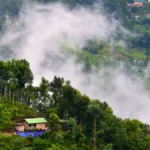
March is marked by three important festivals: the Bumchu Festival at Tashiding Monastery, the Lampokhari Mahotsav at Aritar, and the Chaitey Dasain, which is dedicated to Lord Rama.
What is the temperature in Sikkim in March?

In March, temperatures in Sikkim fluctuate between 5°C and 20°C in Gangtok. In other regions, the temperature varies with height. March marks the start of the tourism season in Sikkim, with the allure of the stunning International Flower Festival. In general, the mountain slopes are appealing with new spring blossoms.
Why March Is the Best Month to Visit Sikkim
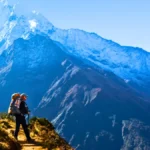
March is perhaps the most gratifying time of year to visit Sikkim because of the nice weather, profusion of flower blossoms, unusual festivals, exhilarating activities, and low visitor numbers.
What kind of attire is ideal for March in Sikkim?
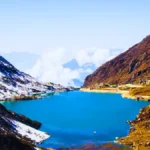
For morning and nighttime excursions, pack light woolens, while for afternoon touring, pack cotton clothing. Carry rain clothing, a jacket, and sturdy hiking shoes. Thermals are only required at high elevations.

